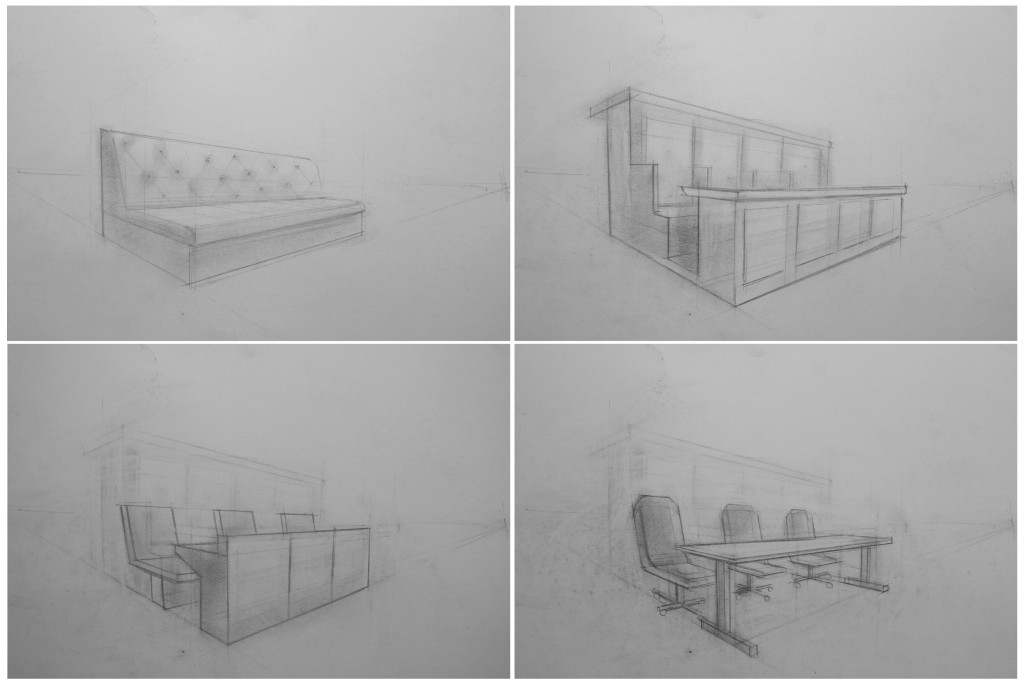Spoluúčast / Contribution (Parlamentní lavice / Parliament Seats) / 2011
|
Kreslené animace Jana Pfeiffera připomínají zrychlené science fiction filmy. Jejich posunutá prostorová i časová perspektiva nám umožňuje vnímat lidskou komunitu z totálního, „božského” pohledu. Struktury se rozpadají a znovu se nově vytváří, z prázdnoty vyvstává přísná a přehledná geometrie a proměňuje se v organické uspořádání, zajetý řád následuje rozpad. Je však zároveň zcela otevřené a nejisté, zda je ta či ona konfigurace utopií čí dystopií. Radikálně posunuté měřítko, jež se zaměřuje na těžko představitelnou totalitu, je vlastní jak umění, tak filozofii, disciplínám, které se snaží nahlédnout za hranice toho, co považujeme za možné. Je produktivní pro kritiku tradičních forem lidského soužití a promýšlení nových způsobů společenského uspořádání. V takovém pohledu se skrývají závratné možnosti, neviditelné těm, kdo zůstávají ponořeni v každodennosti norem a zvyků. Je v něm ale také obsažená zkušenost nedohlédnutelného řetězce, jenž je zároveň nepředvídatelný a nezvratně repetitivní a jehož je individuum pouhým článkem. Hlavním tématem výstavy je celek – kolektivní vize a představy na jedné straně, kolektivní bytí a jednání na straně druhé, a komplikovaný vztah mezi nimi. Ve videu, v němž se střídá nábytek z poslaneckých sněmoven nejrůznějších zemí, se pozornost přesouvá na reprezentativní a reprezentující jednotlivce, jenž celek zásadním způsobem ovlivňují, a tomu, co je podvědomě předurčuje či minimálně ovlivňuje jejich konání. Jde tu rovněž o rozpor mezi závratnou škálou možností a kulturně vázaným řádem, který svobodu volby omezuje. Ten je tu zastoupen vždy odlišným tvarem židle a stolu — asketickým, luxusním, pohodlným, jednoduchým, prostorným, stěsnaným. Jan Pfeiffer’s hand-drawn animated videos resemble science fiction movies as if they were accelerated and condensed into an instant. Their unusual spatial and temporal perspective enables viewers to see the human community from a total, “god-like” view. Structures disintegrate and rise again; a strict geometry emerges out of emptiness and is transformed into organic forms; a well-functioning order collapses. It remains uncertain, however, whether this or that configuration stands for a utopia or dystopia. The radically located point of view, which focuses on the difficult-to-grasp totality, is characteristic of both art and philosophy looking beyond of what we deem as possible. It is productive in terms of criticizing the traditional forms of human co-existence as well as thinking about new ways of social organization. It hides possibilities invisible to those who remain immersed within the everydayness of norms and conventions. Through such a perspective, at the same time, one experiences human development as a chain that is at once unpredictable and irreversibly repetitive, of which the individual is merely one infinitely small element. The main theme of the exhibition is the whole: collective imagery on the one hand and collective being and acting on the other, as well as the complicated relationship between the two. In a video featuring furniture from houses of parliament of various countries, the focus is on representative and representing individuals who form the whole in a decisive way. Yet what is at stake is also what unconsciously influences or predetermines their choices. The conflict lies once again between the infinite number of possibilities and the culturally embedded order, which limits the freedom of choice and is here materialized in the different shapes of chairs and tables: ascetic, luxurious, comfortable, simple, spacious, cramped. Tereza Stejskalová |
